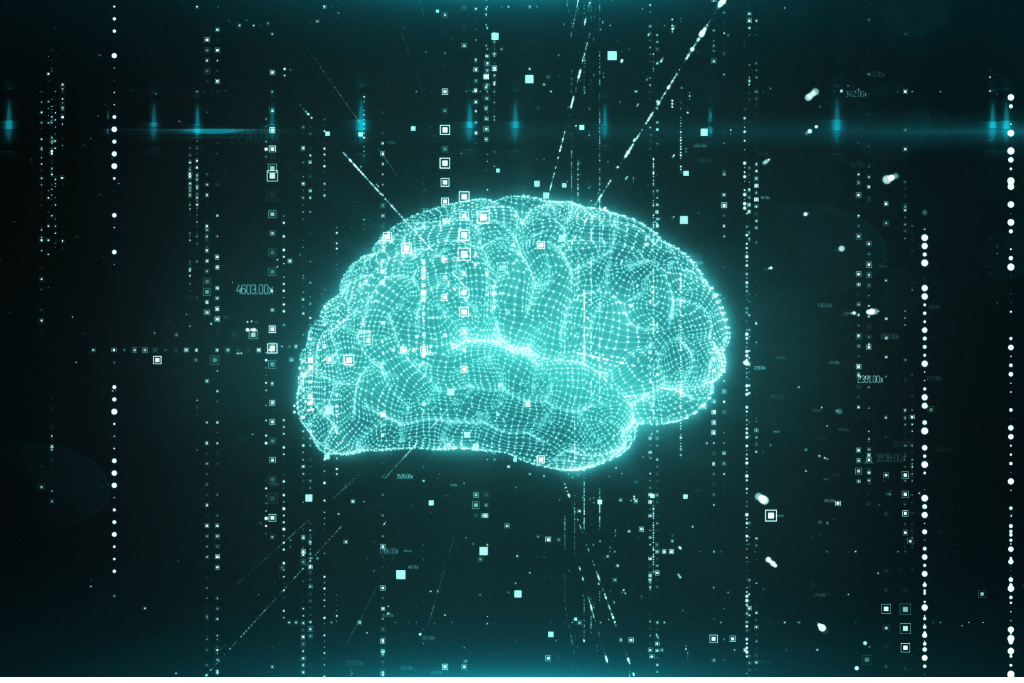Perfecting the Balance Between AI and Human Intelligence
As AI continues to influence more aspects of advertising and performance marketing, Geoff Copps asks how AI and human operators can most effectively collaborate.
Authored by Geoff Copps | 27th June 2024Over the last year or so, as AI has risen to ever greater prominence, we’ve found ourselves posing questions that cut across both our professional and personal lives.
What tasks should we be using AI to fulfil or improve? What role remains for the human operator? And how, if at all, can the two forms of intelligence collaborate most productively?
These questions now exercise people in almost every workplace – not least those of us employed in the marketing and communications sector.
Changing attitudes
In the 2010s, the debate over machine involvement in marketing activity centred mostly around the term ‘automation’. The industry was wowed by new machine-automated tools and technology, with their promise of speed, scale, and better outcomes. There was a willingness, at times, to overlook the ‘black box’ nature of such offerings.
Then came an appetite for greater scrutiny. In our industry, the new mood was encouraged by changes in the regulatory landscape and an increasing spotlight on the complexity of the ad tech supply chain. Meanwhile, in the wider world, algorithmic technologies were seen to be flawed, sometimes doing more harm than good. In the financial system; through online content and political messaging; at the Post Office.
Then in late 2022 things changed again. The launch of OpenAI’s ChatGPT reframed the conversation, prompting excited speculation about the impact of large language models (LLMs) and generative AI (GenAI).
Industry reaction continues to range from the wildly enthusiastic to the doomily apocalyptic. Across disciplines, commentators have expressed uncertainty over the role of the human operator in the workplace.

Complementary roles
In the world of media agencies, AI models and algorithms do tremendous work – bringing huge speed, accuracy, and efficiency gains. They do the grunt work, organising unwieldy datasets into intelligible formats. They are also capable of a kind of creativity, deploying pattern-spotting and a visual-spatial intelligence that can bring the germ of an idea to vivid fruition.
We also know that AI has its limitations. Often these limitations are human-inscribed. AI models are rarely geared to spot the out-of-remit thing, the strategic insight or detail that may prove crucial. Such work typically requires the action of a person. Part intellectual leap, part gut-feel, informed by the full weight of a person’s unique character, experience and expertise. It is a form of action also inseparable from the matter of accountability and of caring – at an emotional and situational level – about the matter in hand.
Our clients are notably in tune with these sentiments. When pitching for new business at KINESSO, technology and tools are central to our proposition. But we also know we’ve got a good prospective client when among their first questions are “who will be working on my business?” and “can I meet them?”
End-to-end platform
It is with the concept of finding the right balance between AI and human intelligence in mind that we’ve developed (and continue to develop) our technology systems and processes at KINESSO.
We offer our clients an end-to-end marketing platform, designed to amplify the complementary qualities of our people and AI in the full service of clients’ business objectives.
Our Marketing Intelligence Engine (MIE) houses our suite of modular, interconnected services – from custom audience creation and planning, to creative asset management and measurement.
In our audience console, we use AI to select and prioritise our unrivalled library of proprietary and curated audience datasets, to perfect our propensity models, to inform the creation of market segmentations, and more. We use AI and machine learning algorithms to power our planning tools, and to deliver media plan recommendations across the full range of available channels. We use AI to tune campaign performance through the provision of in-flight forecast and intelligent bidding algorithms. In the domain of creative production, we use LLMs to access and synthesise cultural trends. Our feed management tool leverages AI to generate ad creative.
And this is just the tip of the iceberg.
Finding the right balance
At KINESSO we believe the companies that will succeed are the ones that find the optimal balance between AI and human intelligence. The first step towards achieving this task is to acknowledge that this balance is ever-shifting. As the technology changes, so does the best working model.
We design our technology to keep us at the leading edge of AI-human collaboration in the industry. For us, it’s not so much a matter of the difference between AI and human intelligence, as of the huge gains in productivity, creativity and effectiveness that are to be found in their collaboration.
